Search the Special Collections and Archives Portal
Search Results
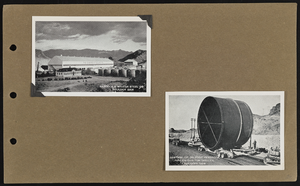
Hoover Dam album, image 021
Date
1931 to 1936
Description
Babcock and Wilcox Steel Co., Boulder Dam [left], Section of 30-foot of Penstock pipe on 200-ton trailer, Boulder Dam [right], 1931-1936
Image
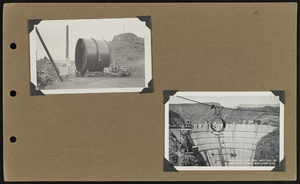
Hoover Dam album, image 022
Date
1931 to 1936
Description
Lowering 180-ton section of Penstock Pipe, Boulder Dam, 1931-1936
Image
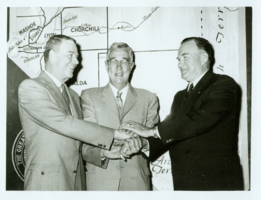
Rex Bell and two unidentified men: photographic print
Date
1880 to 1979
Archival Collection
Description
Dorothy Bell Scans UNLV-Public Lands Institute
Image
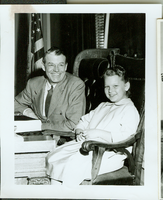
Rex Bell and Susan Seevers: photographic print
Date
1880 to 1979
Archival Collection
Description
Dorothy Bell Scans UNLV-Public Lands Institute
Image
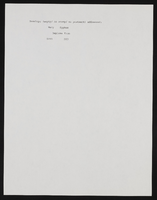
man000805-004-001
Text
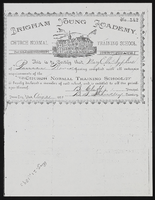
man000805-004-002
Text
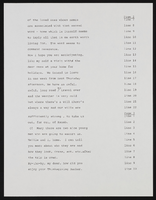
man000809-006-002
Text
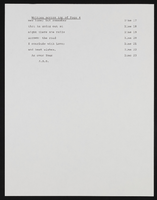
man000812-006-004
Text
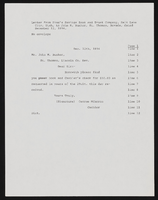
man000875-002-001
Text
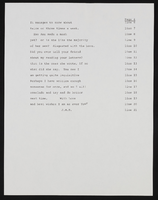
man000815-006-004
Text
Pagination
Refine my results
Content Type
Creator or Contributor
Subject
Archival Collection
Digital Project
Resource Type
Year
Material Type
Place
Language
Records Classification
